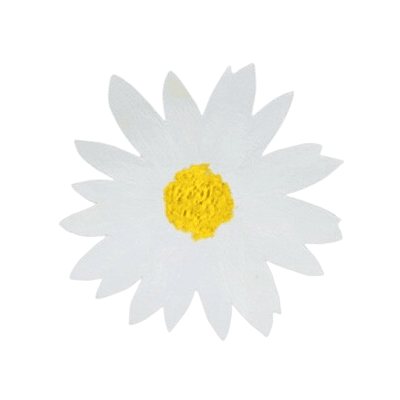Thursday 23rd July 2020
What Is Hedgelaying?

A well-managed hedgerow is thick and bushy, not only a living fence to sheep and cattle but a much needed haven for wildlife. Left unmanaged, a hedgerow will eventually grow to become a line of trees.
One often forgotten aspect of farming/land management is the old art of hedgelaying.
There are more than thirty different styles of hedgelaying recorded across the UK and even more in Europe. Each style has been gradually developed over many years, because of the diverse farming practises seen across the UK, changing climate and different types of trees and shrubs that might grow in the hedge.
So how’s it done? First the brambles need clearing out, along with any branches that are growing very far away from the hedgerow line. Then the stems need to be cut until they are a third of their original thickness. These stems are then bent over at an angle, secured with stakes and, in some styles, binders along the top. Once a hedge has been laid, regular trimming will keep it in good order for up to 50 years. A machine has yet to be found that can replicate the craft to good effect.
Hedgelaying is a time-consuming business which is why it’s more popular these days to keep the hedges managed through cutting them and using wire fences underneath to keep livestock in the field.
Photo credit: Studio Whisk










